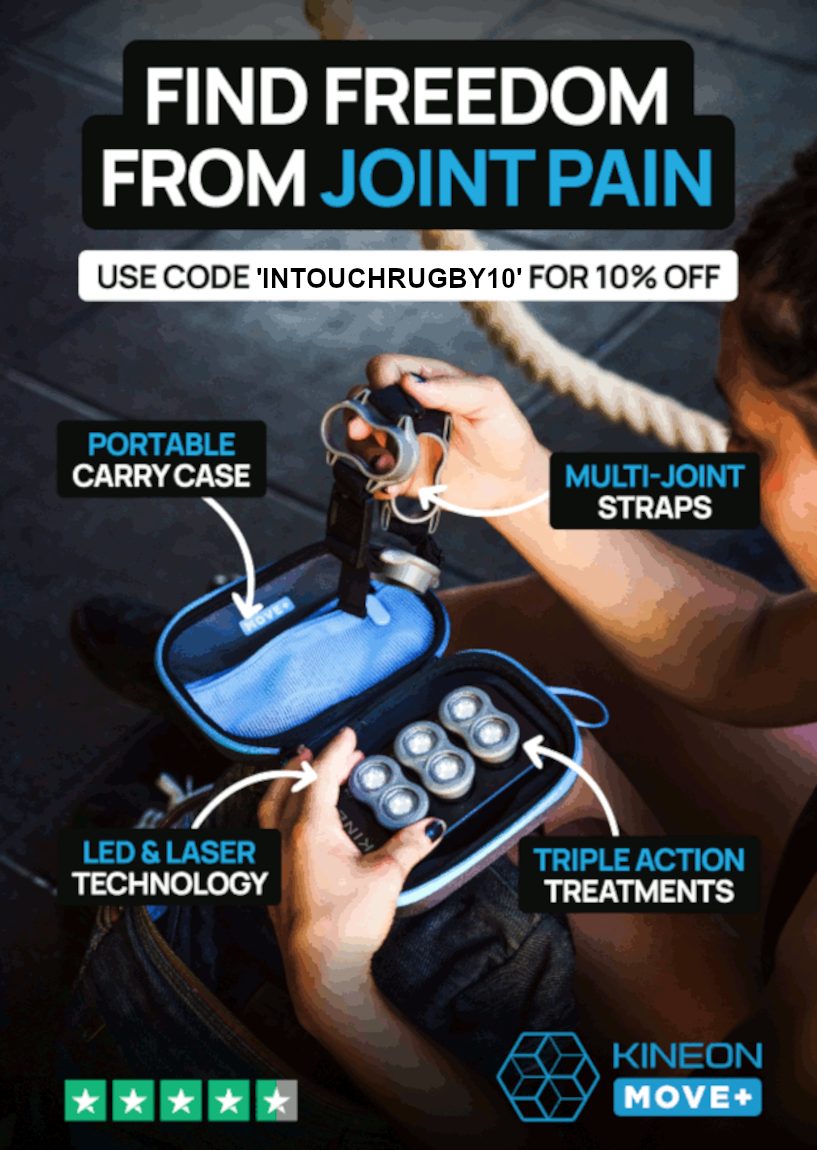Mobility Bathroom Fittings That Won’t Feel Restricting
When creating an accessible bathroom that allows functionality for disabled individuals, there are a few important aspects that should be taken into consideration to ensure functionality is possible. Initially, you will need to assess the specific abilities of the disabled individual and ensure that personal preferences are considered. While the bathroom will need to promote ease of use to prevent difficulties, it is essential that the design is also visually pleasing as well. While planning the design, opt for ideal tiles that provide a charming appearance. Here are a few key factors that you will need to take into account when planning to remodel your bathroom.
Which Bathroom Activities Requires Assistance For Use
While a bathtub would understandably be a fixture that would require assistance for a disabled user, other fittings such as a bathroom sink and vanity may not require adjustments to promote ease of use. Each fitting and feature would need to be suitable for wheelchair access and use. Walk-in bathtubs and walk-in showers are suitable options that allow functionality for wheelchairs. Fittings such as grab bars are essential to encourage functionality. When creating a suitable design plan for an accessible bathroom, shopping around for ideas is crucial for establishing the best available solutions. AHM Installations provides a wide variety of fittings and fixtures that are suitable.
Possible Need For Medical Items
It is vital to establish the specific needs of the disabled user to ensure the bathroom offers optimal functionality. Consider possible medications that may be needed in the bathroom and ensure that they are placed in suitable spaces that are easy to reach without assistance. Make use of storage drawers and cabinets that are not fitted too high or too low to the ground.
Preference Between Bathing And Showering
Considering the individual’s preferences will help establish whether a walk-in bathtub or a walk-in shower is required. The bathroom will need to allow adequate space for wheelchair users, which suggests that most bathrooms may not be large enough to accommodate both a walk-in bathtub and a walk-in shower. This decision can only be established by the wheelchair user to ensure comfort is maintained.
Where Should You Place Grab Bars?
Grab bars are essential items as they allow wheelchair users to maintain self-care. There are certain places where you will need to fit grab bars to ensure the user is able to manage without assistance. Consider the bathroom activities where the wheelchair user may require assistance and place grab bars at suitable heights. Ensure each bar is fitted correctly to prevent difficulties from arising.
Consider Anti-Scald Water Mixing Valves
Disabled individuals may find it understandably frustrating to adjust water temperatures on regular taps. A great solution to allow comfortability is to consider installing anti-scald water mixing valves which will rule out the possibility of burning as water temperatures remain safe. Possible water pressure changes will not affect the water temperatures and risk burns as the temperatures can be controlled. Opt for a temperature of no higher than 120 degrees to encourage safety.











